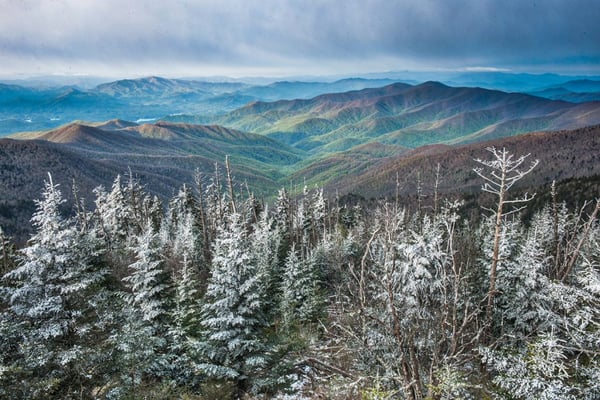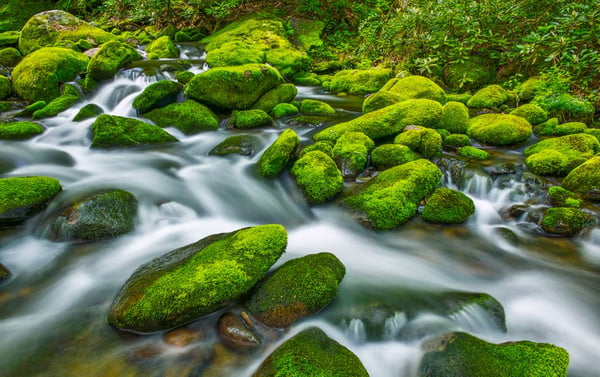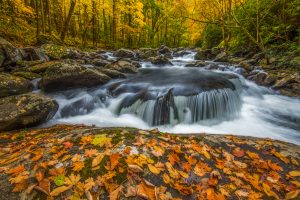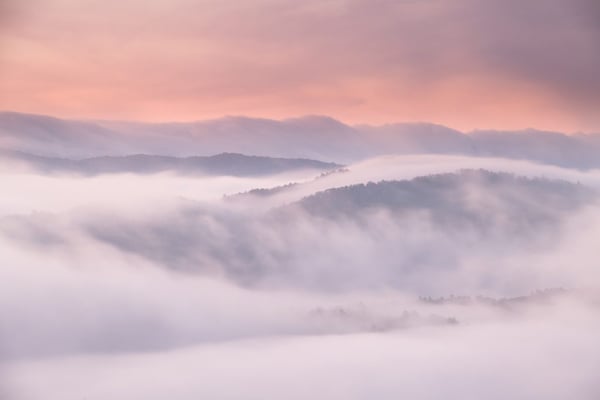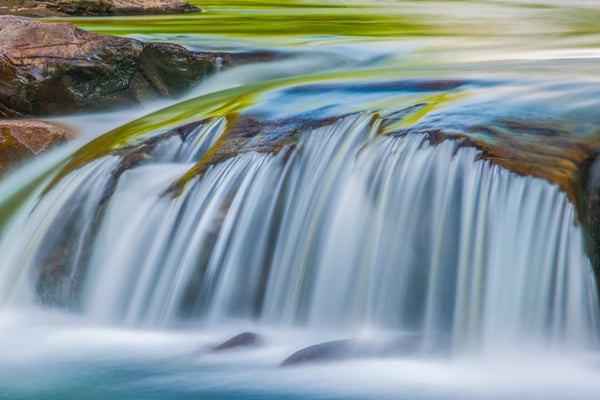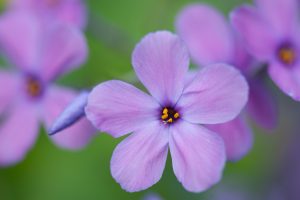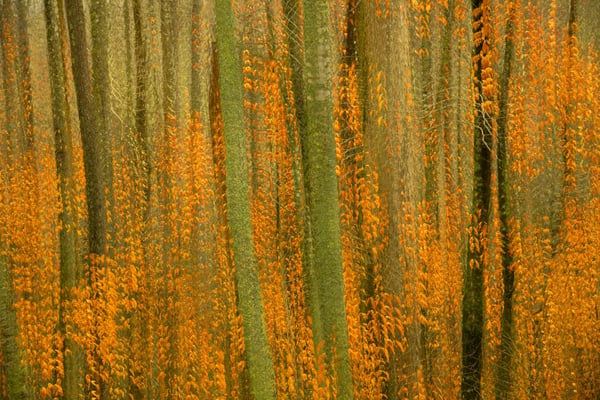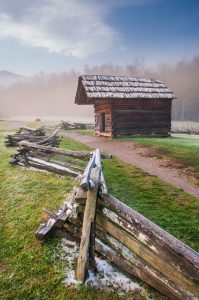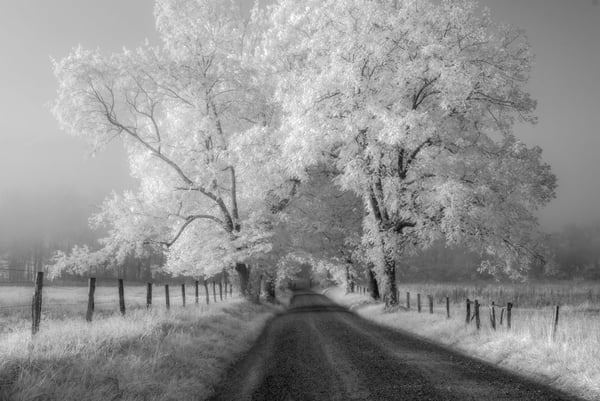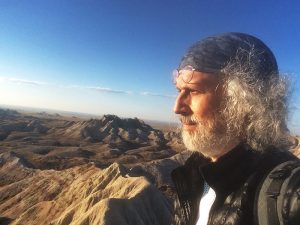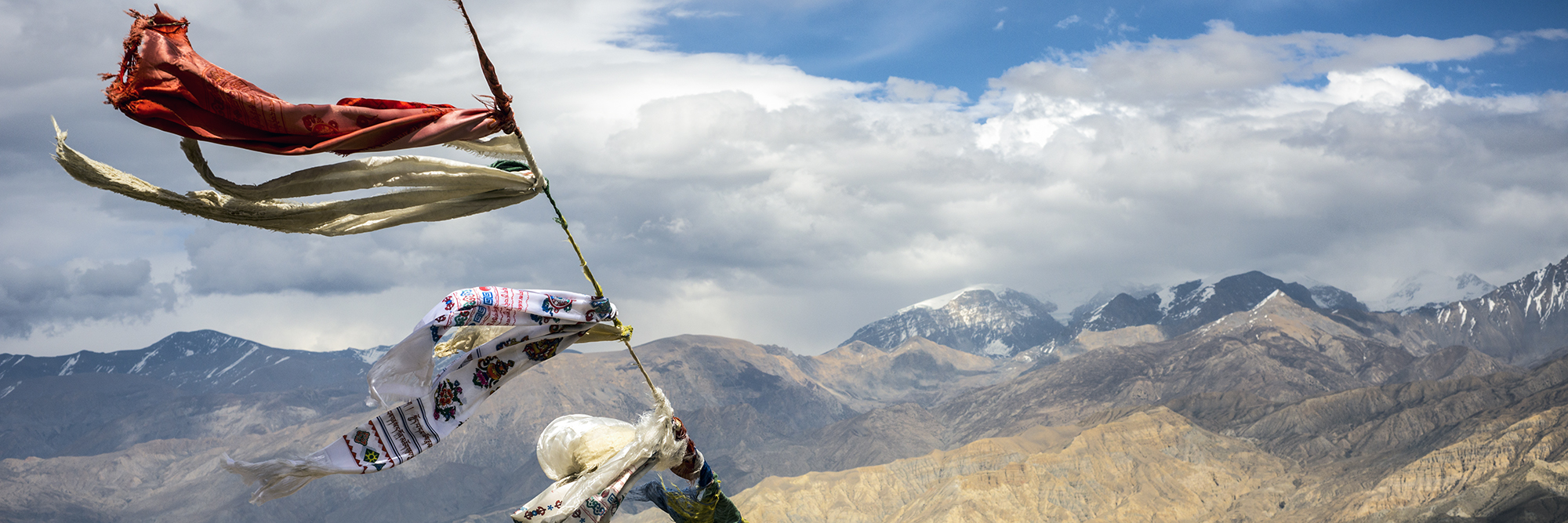The Great Smoky Mountains with Tony Sweet
My Muse – The Great Smoky Mountains
I re-discovered photography after a long hiatus while being a student and adjunct Jazz faculty at the Cincinnati Conservatory of Music circa 1992. I was lucky to find a great photography mentor and the nearest national park was the Great Smoky Mountains. I have been photographing, learning, teaching and constantly finding new images in the Smokies for over 25 years. The streams, rivers, overlooks, wild flowers and old structures make this a particularly photogenic venue. To this day, the Smokies have remained a constant source of inspiration and my muse.
Although the Smokies are the most visited park in the country, it is always easy to find solace and privacy by a stream, on an overlook or in a misty valley. Those of us who photograph often in the Smokies are equipped for rain, as a soft rain is a great time to capture the lush greens and soft flow of the rivers.
Gear Tip: Rain gear
- Sturdy tripod with the Arthur Morris umbrella clamp
- Waterproof shell
- Waterproof shoes or NEOS Overshoes
- Goretex pants shell
- Lens cleaning cloths
- Terry cloth towels
If one does not live in a certain location, it takes many years to learn it as well as a local. That is why we visit the Smokies several times a year, in all seasons, for decades. We learn more about the nooks and crannies of this great place on each visit.
One of the very cool situations that we look for in the Smokies during spring is snow at the top of the mountain and green in the valley. The first image was a scene with just enough snow to not close the roads, but enough to contrast against the valley. This type of scene is not uncommon at the edge of seasonal changes.
Pro Tip: After basic adjustments (exposure, contrast, saturation) 2 digital grads were used in Adobe Camera Raw (or in Lightroom, or in Luminar), one from the top down to slightly darken the clouds and a grad brought up from the bottom to slightly brighten the snowy trees.
This area on Roaring Fork Road is always green, but really starts to brighten up late spring into summer. After a sustained rain, the stream rises to easily flow around the moss covered boulders. I added a Singh Ray 6 stop MorSlo filter to slow the movement of the water for a smoother look.
Composition Tip: It’s good practice, whenever possible, to have water flowing into and out of the frame.
One of our favorite areas in Tremont is The Ledge, especially after a day of rain. The freshly fallen leaves covered the large boulder, necessitating a walk down to the water and then along the water’s edge to shoot from the boulder, using a 16mm
lens to feature the foreground leaves. I would rate the walk as “Mod. Difficult” because of the slick rocks. However, I mostly shoot from the road which is always a great location with many more composition options.
One of the great things about returning to the same place repeatedly is that you are forced to see new images. None of us can shoot the same thing in the same way over and over again. It is a natural progression. So, after a few years of shooting at this location, I decided to change things radically. The original image was dark with only a hint of pink. By over exposing by 2.5 stops during processing, the clouds got a much softer look that bled throughout the frame, and the color became prominent, creating a more ethereal look and feel.
Pro Tip: There is a great deal of exposure latitude, especially over exposure, on these types of images.
One of the great water areas in Greenbriar, these small rapids are best for reflections late in the afternoon, where the blue sky and green leaves add an iridescent quality to the image. This was one of my “ah-ha” moments in what to look for and how to “see” reflections. The sun will reflect whatever color is apparent in the trees (even bare trees) into the shaded river, creating eye popping color and flow.
Pro Tip: It’s good practice to use various shutter speeds on moving water. They all may not look good, but they will certainly give you an idea of what exposure times work best for a particular situation.
Early spring begins to bring the myriad wildflowers that beautify the park during spring and summer.
Pro Tip: Purple Phlox are in very tight groups. In order to get separation, I looked for a single flower that had more flowers a few inches behind it. The flowers are pretty shallow, so I was able to get acceptable sharpness in the main subject by shooting wide open at f/2.8, which also rendered the soft green background.
Note: If the lack of sharpness bothers you, this image was used as a Coldwater Creek catalog cover a few years ago.
Every time of year is different in the mountains, and each of those times can vary greatly year to year. Normally, the trees are largely bare or evergreens. In February, there were many trees that had bright, amber colored leaves among bare trees. They just haven’t fallen, giving us an added winter color element. These types of color / sparse line subjects are great for special effects like multiple exposures. This is an in-camera 5 image multiple exposure on the Nikon D850.
There are many cabins, old structures and settlements throughout the Smokies. This image was made in Cades Cove. Throughout the year, if the dew point is within a degree of the temperature, fog will build in Cades Cove.
A crisp, low lying fog can lighten the scene dramatically, creating a soft, muted color, pastoral scene.
A recent shift in my work has been to revisit infrared and dig deeper into B&W.
About half of my work is infrared, a greater percentage in spring, when the greens are fresh and have that early spring lime color, which glows in infrared. I have been shooting infrared since film and in many cases, I’ll add various levels of glow to replicate the glow created in over processed infrared film images.
Pro Tip: The soft look was created by adding a Gaussian blur layer then adjusting the opacity to 10% (blending the original and the blurred layer).
Tripod used – Really Right Stuff TVC-44: Versa Series 4, 4 sections
Ball Head – Really Right Stuff BH55
Camera – Nikon D850, All Nikon Lenses
Final Thoughts
Quite simply, the more you return to an area, the more you see. One begins to look beyond the obvious shot, which creates a multi-layered tableau of endless subjects and interpretations. After visiting a location a few times, there is less a sense of pressure to get the shot. The eyes and the imagination relax. A frequently visited place can become a place of inspiration: a muse.
Tony Sweet is a Nikon Legend Behind the Lens. He lives in Central Maryland with partner Susan Milestone and Akira. Tony is a frequent speaker to photographic organizations throughout the US and Canada. He and Susan conduct Visually Artistry Workshops in the US, Canada, Cuba, and Iceland. Tony is the author of 5 books and co-producer of MasterPhotoWorkshops instructional videos. He can be reached via http://tonysweet.com. He has been a Really Right Stuff customer since their inception.
